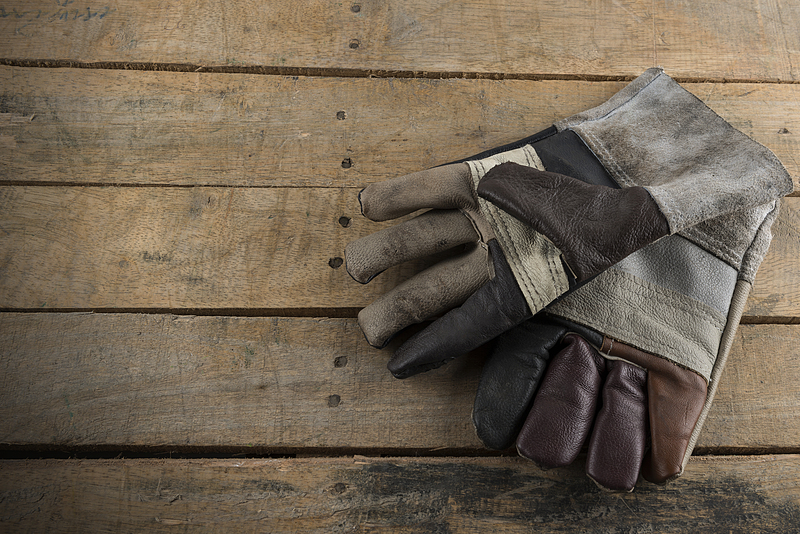Weighty Matters: The Pitfalls of Solo Piano Relocation
Posted on 26/05/2025
Weighty Matters: The Pitfalls of Solo Piano Relocation
The decision to move a piano solo is not one to be taken lightly. Pianos, with their resonant frames and intricate mechanisms, are some of the heaviest and most delicate musical instruments. While the prospect of saving money by performing a piano move single-handedly might seem appealing, the risks far outweigh the benefits. In this comprehensive article, we will discuss the many pitfalls and hazards associated with solo piano relocation, and why it's often best left to the professionals.

Understanding the Challenges of Piano Moving
The Sheer Weight and Size of Pianos
Before attempting piano relocation alone, it's vital to recognize just how heavy these instruments truly are:
- Upright pianos typically weigh between 300 and 500 pounds.
- Grand pianos can easily exceed 1,000 pounds, with some concert grands hitting the 1,200-pound mark.
- The size and bulkiness make it nearly impossible to get a secure grip or maneuver through narrow hallways without assistance.
Piano Construction: Fragility Hidden in Mass
Pianos are not just heavy--they are remarkably fragile. Despite their imposing appearance:
- The wooden casing is susceptible to scratches, dents, and cracking.
- Internal components like strings, hammers, and keys can be knocked out of alignment or even broken.
- Legs and pedals often protrude, making them vulnerable to snapping if bumped or dragged improperly.
The Pitfalls of Relocating a Piano Alone
Personal Injury Risks
Relocating a piano without help is a recipe for disaster when it comes to physical health:
- Back injuries: Lifting hundreds of pounds without proper support can result in severe back strain or slipped disks.
- Muscle tears: Improper lifting technique can cause torn muscles and ligaments.
- Crushed fingers and toes: A slight slip can mean a dropped piano--and crushed digits.
- Falls and trips: Maneuvering stairs or uneven floors increases the risk of tripping, often with catastrophic consequences.
Damage to the Piano
Moving a piano solo greatly increases the potential for irreparable instrument damage:
- Dropped pianos: If balance is lost, the entire instrument can crash to the ground--often resulting in expensive repairs or total loss.
- Scraping and gouging: Walls, door frames, and the piano's finish can all be damaged during tight squeezes.
- Internal mechanism issues: Sudden shocks or tilting may jar the inner workings, requiring costly tuning or repair.
Home Property Damage
Solo piano relocation doesn't just endanger the instrument--it puts your home at risk as well:
- Scratched floors: The immense weight can gouge or crack hardwood, tile, or laminate flooring.
- Busted doorways: Attempting to squeeze through narrow frames will often damage the trim, paint, or even structural components.
- Damaged stairs: Dragging a piano up or down stairs can splinter wood, shatter steps, or damage railings.
- Collateral household damage: In tight spaces, the risk of slamming into walls, lights, or furniture skyrockets.
Void Warranties and Insurance Headaches
Many piano manufacturers and sellers make warranty fulfillment conditional on the use of professional movers. If your piano is damaged during a solo move, you may have:
- No warranty coverage for costly repairs.
- Home insurance headaches--policies may not cover damages from "negligent handling."
Why Solo Piano Moves Are a Bad Idea for Every Piano Type
Upright Pianos: The "Easier" Choice Still Isn't Easy
While upright pianos are sometimes considered simpler to move, they still present major relocation risks:
- Top-heavy construction makes toppling likely on stairs or uneven surfaces.
- Even the smallest upright can weigh as much as two or three refrigerators.
- Delicate back casings and fragile pedals are especially vulnerable during turns and lifts.
Baby Grands and Grand Pianos: Extreme Weight and Complex Assembly
Grand pianos are perhaps the most perilous to move alone due to:
- Enormous weight (often well over 500 pounds, with awkward dimensions).
- Removable parts--legs, pedals, and lid often must be detached and reattached with precision.
- Impossible turns: Large size makes navigating through doorways nearly impossible without multiple hands.
The Professional Piano Moving Advantage
Specialized Equipment and Techniques
Professional piano movers don't just have strong backs--they come equipped with:
- Heavy-duty piano dollies to provide smooth rolling motion and distribute weight evenly.
- Moving straps and harnesses for safer lifting and better control.
- Protective padding and wraps to safeguard the finish and interior components.
- Ramps, sleds, and stair climbers to facilitate safe navigation over obstacles.
Experience Makes All the Difference
When it comes to piano moves, there is no substitute for expertise. Professional movers can:
- Assess potential risks before the move begins.
- Disassemble and reassemble grand piano components safely.
- Navigate challenging spaces--sharp corners, tight hallways, staircases--without injury or damage.
- Provide insurance coverage for unexpected mishaps.
Cost Efficiency in the Long Run
Hiring a professional piano moving service may involve upfront costs, but it often saves money in the long run by:
- Avoiding expensive home repairs from botched relocations.
- Preventing injury that could result in medical bills or missed work.
- Protecting the value of your piano through proper care and handling.
- Offering insurance for additional protection.
Preparing for a Piano Move: Skip the Solo Approach
What Should a Responsible Piano Owner Do?
If you have an upcoming relocation and own a piano, consider these best practices:
- Consult professionals: Get quotes from dedicated piano movers and ask about their insurance and moving techniques.
- Secure the path: Remove all obstacles and measure doorways to ensure a smooth process--but let the pros do the heavy lifting.
- Disclose piano details: Size, make, model, and any unique access challenges help movers prepare properly.
- Prepare the instrument: Close and lock piano lids, remove sheet music and accessories, and cover the piano with provided padding.

Piano Relocation Safety Tips
For those determined to attempt a move with the help of friends or family, minimize risks by following these guidelines:
- Never lift alone: Always have multiple people to assist with the weight and size.
- Use the right equipment: Rent or invest in piano dollies, moving straps, and plenty of padding.
- Protect your home: Lay down temporary floor protection and remove doors if necessary.
- Disassemble with care: Only if you know how--otherwise, call the pros for disassembly.
- Plan your path: Walk through the route before lifting a finger, identifying all problem areas.
Conclusion: The Final Chord
Weighty matters require weighty decisions. When it comes to solo piano moving, the combination of enormous weight, awkward size, and delicate mechanisms means the risks are simply too great. Whether your instrument is a family heirloom upright or a prized concert grand, attempting to relocate your piano alone can result in injury, damage to both home and instrument, and expensive bills that far outstrip any perceived savings.
Avoid the pitfalls of solo piano relocation by trusting experienced professionals. Their knowledge, equipment, and diligent care protect your investment and peace of mind--allowing you to focus on the true joy of music, not the headaches of hazardous heavy lifting. When planning your next move, remember: it's never worth risking it all for a DIY disaster.
Have you ever attempted a solo piano move?
Share your experience--or better yet, your decision to call the pros--in the comments below!



